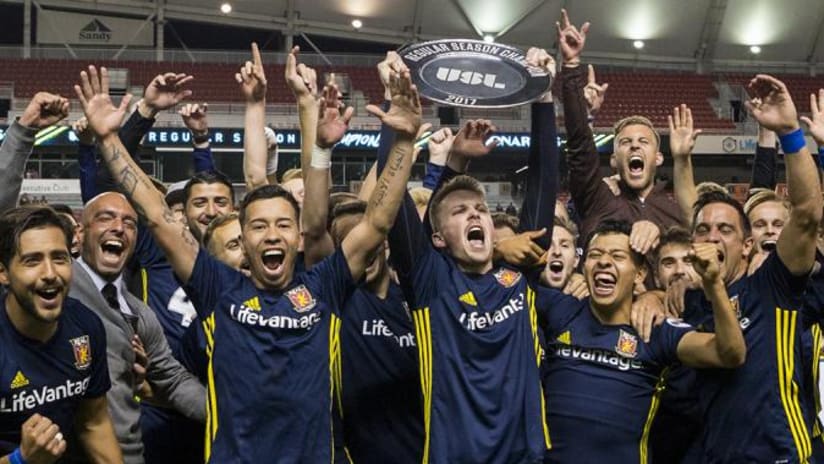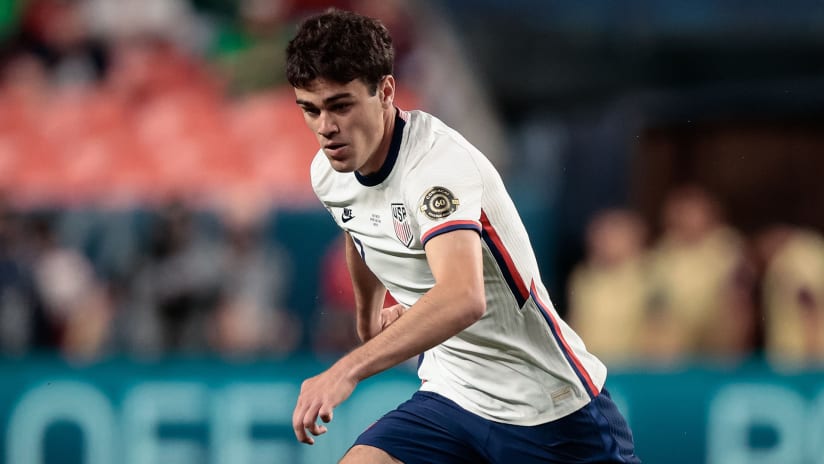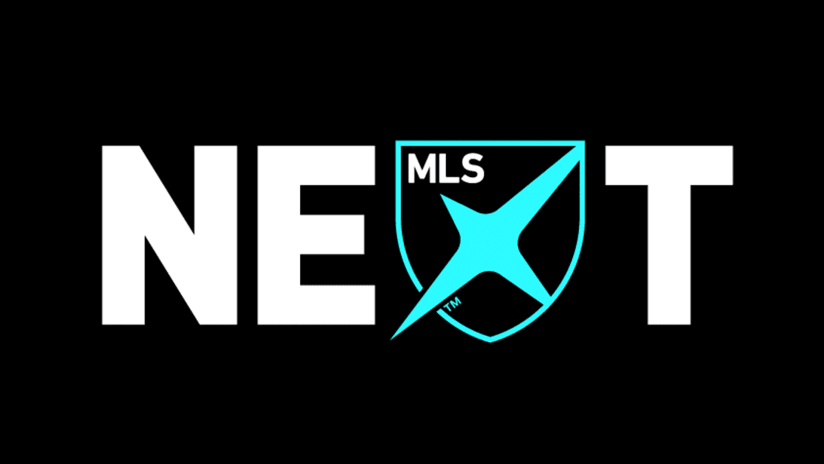The affiliation between MLS and USL marks its fifth anniversary in January, and those seeking proof of the value of the partnership can find plenty in Monday night’s USL Cup triumph by Louisville City FC over Swope Park Rangers.
But it may be even more encouraging to note just how many success stories have already been on prominent display for the better part of a month and counting, as the Audi 2017 MLS Cup Playoffs unfold.
Wilmer Cabrera, head coach of these MLS playoffs’ surprise contenders the Houston Dynamo, was in charge of the club's USL affiliate RGVFC Toros a year ago. But in the subsequent months he’s not only led La Naranja back into the ranks of MLS contenders, he’s done so via a sweeping reinvigoration of the club’s style, talent and identity – and even brought a few players along with him, like Houston Homegrown player Memo Rodriguez.
Tyler Adams is perhaps the hottest Homegrown in MLS at the moment, a rising New York Red Bulls star and US national team call-up who honed his skills in USL with Red Bulls II. His teammate Aaron Long, the quiet defensive anchor of the Red Bulls’ postseason ambush of the Eastern Conference’s elite, is the fruition of a similarly patient project. Both cut their teeth as pivotal cogs in NYRBII’s run to the 2016 USL title.
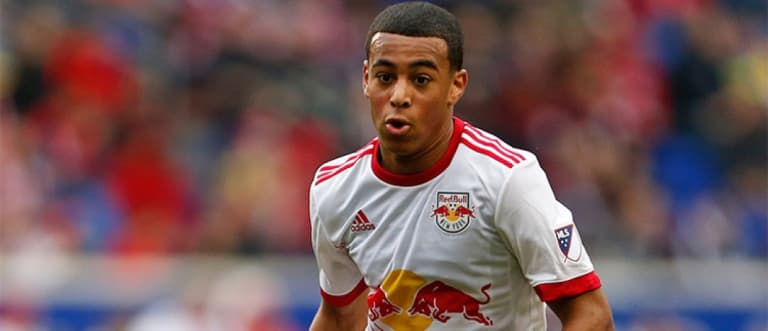
Nouhou Tolo, the flying fullback whose end-to-end efforts on Seattle’s left flank have destabilized opponents and earned the attention of the Cameroon national team, cut his teeth in the USL with Sounders 2. Jordy Delem bears a similar story, working his way up from S2 to a key utility role for the Sounders. Their Cascadian rivals the Vancouver Whitecaps also used their USL side to groom Tim Parker, Alphonso Davies and Jake Nerwinski for the senior squad.
And the list goes on. There are 10 USL teams owned and operated by MLS clubs and 11 USL-MLS affiliations this season, and each has its own unique circumstances. Some MLS organizations use their USL squads as extensions or bridges for their academy, like the LA Galaxy’s pioneering “Los Dos” project. Others prefer out-of-town affiliations to nudge reserve players into different environments. Most rely on them heavily in the delicate process of nursing injured players back to full fitness and form, like Orlando’s Seb Hines and Toronto’s Ashtone Morgan this year.
But the overarching theme is opportunity – a chance for players, coaches, teams and even entire cities to step up and prove their quality, and take the next step forward in their soccer journey.
In that regard, it’s buoyed the fortunes of all parties, to the point that it’s difficult to imagine life for either league without the partnership.
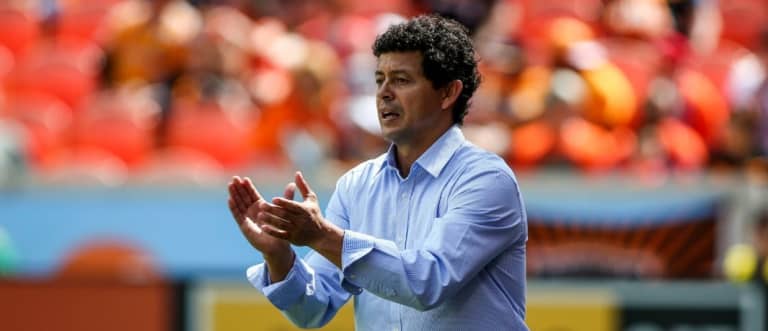
“Sometimes we have to start from the bottom to prove ourselves,” Cabrera said of his team’s year-long climb after their Western Conference Semifinal upset of Portland. “The most important is not how you start. When you move, you need to be well prepared because at some point, when the opportunities open for you, you need to be ready and that’s what I wanted to do.
“I wanted to be ready. I’ve been working hard, we’ve been working hard together and now we’ve been rewarded. But we want more and we know that every time and every game you get something, now it’s more pressure for you. We like that. We really like that.”
Different paths
As Sporting Kansas City’s USL side, Swope Park flew the MLS flag most overtly in this year’s USL championship game. But their opponents also illustrate the two leagues’ intertwined fortunes.
The former USL affiliate of Orlando City SC, who’ve since established their own USL team known as OCB, Louisville acquired Orlando’s USL slot when the Lions entered MLS and their name and purple colors hint at the shared history. Now, with support surging and a new soccer-specific stadium project moving forward, they’ve become second-division pacesetters, with long-range MLS hopes to boot.
“Huge impact to our league,” USL president Jake Edwards told the Louisville Courier-Journal this week. “The attendance here has been phenomenal. They broke 100,000 this year in attendance. They’re one of the top three attended teams in the league. They’re one of the top-attended soccer markets now outside of MLS. That’s huge in a short space of time.”
Other USL success stories are well known to most readers: The likes of Sacramento Republic and FC Cincinnati have built powerful cases for MLS expansion consideration with some of the biggest, most spirited crowds in North American second-division soccer history.
Big ambitions aren’t limited to the independent clubs, though. Real Salt Lake were early adopters of the USL-MLS model and their Real Monarchs SLC squad won the 2017 USL Shield (pictured at top) as the league’s best regular-season team with a mix of rising youngsters and older heads looking to jump-start their careers.
The Monarchs are a keystone element of RSL’s new $60-million, 123-acre training complex in Herriman, Utah, which features nine fields (including two full-size indoor pitches) and cutting-edge facilities for all of RSL's teams, headlined by Zions Bank Stadium, a 5,000-seat venue for the Monarchs and other events.
Places to grow
The USL’s work also ticks on even in less glamorous surroundings, like the Red Bulls’ training ground in suburban New Jersey, where RBNY have crafted what they believe is the best in-house integration of the MLS-USL relationship. Academy kids, draft picks, new signings – from Tyler Adams to Dilly Duka, almost anyone in the club’s plans is likely to spend time in the USL setting as they learn the finer points of Red Bulls head coach Jesse Marsch’s up-tempo high-pressing system.
Adams is grabbing the headlines at present, and with good reason. But Long (below) – a central midfielder in college who was drafted by the Timbers in 2014 and bounced from Portland to Seattle before New York patiently and was methodically converted into a center back – might be the fullest manifestation of that internal pipeline. A 2016 USL Defender of the Year award and a major role in Red Bulls II’s championship run provided proof of concept along the way.
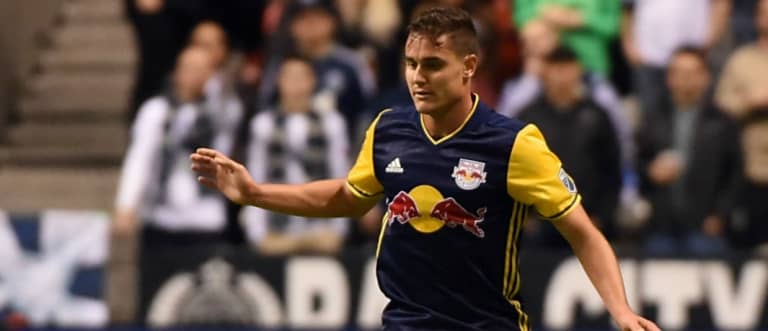
“If it wasn’t for Tyler, I think Aaron Long would be the big talking point of our team this year. Aaron I think went from a great year in the USL last year, started out strong but only got stronger as the year went on,” Marsch told MLSsoccer.com earlier this month.
“We challenged Aaron a lot to develop in terms of leadership, in terms communication, in terms of presence. In all those ways he responded.”
Next year RBNY’s Atlantic Cup rivals down in Washington could well be telling a similar story about Chris Durkin, the richly talented D.C. United Homegrown and US Under-17 national team captain.
A Richmond, Virginia native, Durkin faced a tricky situation after signing his Homegrown Player deal last year: He wasn’t quite ready for MLS minutes yet and would be gone on youth national team duty for long stretches throughout 2017, but was in a prime period for individual development and nonetheless needed to keep progressing.
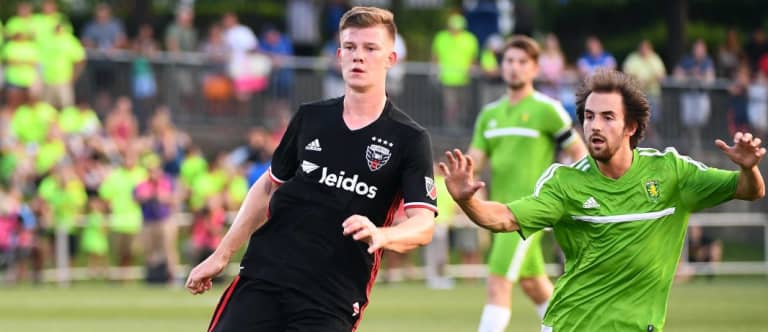
So Durkin (above) spent time close to home on loan with the USL’s Richmond Kickers this year and last, logging professional minutes and keeping sharp before helping the US mount a solid run at the FIFA U-17 World Cup in India.
Comparable arrangements may pave the way for others to become familiar to MLS fans in the years ahead – Richie Laryea and Pierre da Silva in Orlando, San Jose’s Lindo Mfeka, TFC’s Oyvind Alseth, Sporting KC’s Kharlton Belmar, to name a few. All have found competitive environments in USL, and contributed their own quality to the league.
Everyone can agree: That’s a virtuous circle.
“We have an excellent relationship with MLS and it has currently helped in the overall growth of our league,” Edwards told the LA Times earlier this year. “If you look at the most successful franchises in MLS over the past couple of years – Orlando, Portland, Seattle, Toronto – they all have one thing in common: They were successful USL teams.”
Minutes played in 2017 by MLS players in USL
MLS club |
USL club/affiliates |
Total MLSers
with USL apps |
USL mins
by MLSers |
|---|---|---|---|
ATL |
Charleston, Sacramento |
8 |
3,414 |
CHI |
Tulsa, St. Louis |
7 |
8,284 |
COL |
Colorado Springs, Phoenix, Charlotte |
4 |
2,276 |
CLB |
Pittsburgh, Cincinnati |
6 |
2,462 |
DC |
Richmond, Rochester |
9 |
3,921 |
DAL |
Tulsa, Ottawa, OKC, Orange County |
5 |
2,475 |
HOU |
Rio Grande Valley FC |
11 |
8,619 |
LA |
LA Galaxy II |
13 |
7,354 |
MIN |
Pittsburgh Riverhounds |
2 |
904 |
MTL |
Ottawa Fury FC |
3 |
1,136 |
NE |
San Antonio, Tulsa, Charlotte |
3 |
1,203 |
NYC |
Pittsburgh Riverhounds |
1 |
666 |
NY |
NY Red Bulls II |
15 |
15,440 |
ORL |
Orlando City B (2) |
15 |
14,117 |
PHI |
Bethlehem Steel |
17 |
14,468 |
POR |
Timbers II |
12 |
6,469 |
RSL |
Real Monarchs |
16 |
6,064 |
SEA |
Sounders FC II |
11 |
7,842 |
SJ |
Reno 1868 FC |
8 |
6,226 |
SKC |
Swope Park Rangers |
15 |
17,095 |
TOR |
Toronto FC II |
11 |
8,121 |
VAN |
Whitecaps FC II |
10 |
9.662 |

